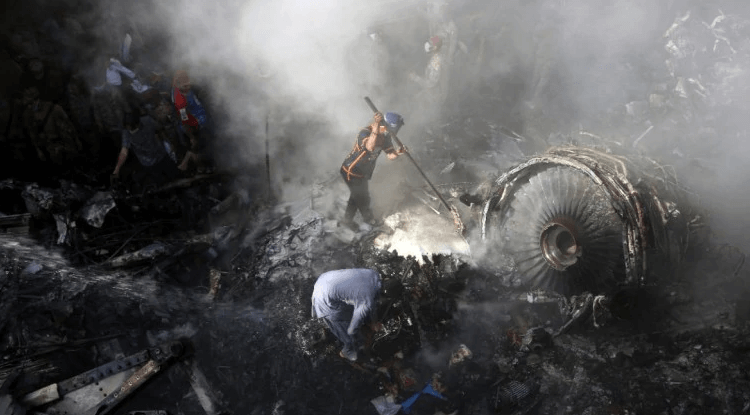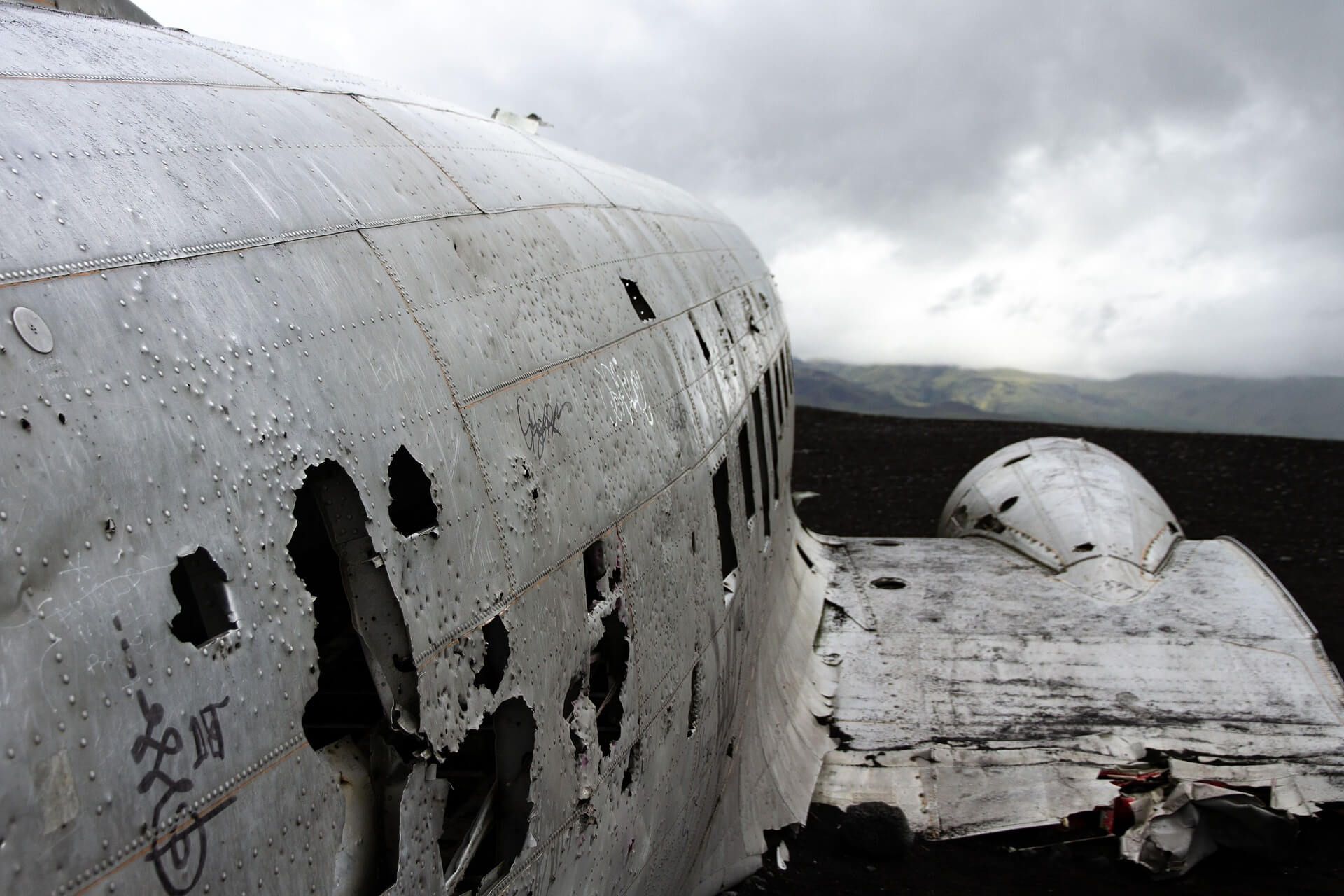Amid the Covid-19 crisis, the world was shocked by yet another sad news when Pakistan Airbus A320 crashed on Friday minutes before its landing. The crash killed 97 people in total, including 90 passengers and a crew of 8 when it crashed into the Jinnah Garden area near Model Colony in Malir. 11 people on the ground were also injured.
The investigation of the crashed Airbus A320 aircraft, of the national carrier Pakistan International Airlines (PIA), will commence from June 2. It will be done by an 11-member team of experts from an Airbus facility in the French city of Toulouse. The team arrived in Pakistan last week to conduct an independent probe into the crash involving its aircraft.

The BEA said that Pakistan’s Aircraft Accident and Investigation Board (AAIB) team will fly to France after the work on the crash site is completed. “The mission on site is about to be completed. @BEA_Aero @Airbus @SafranEngines @CFM_engines & Pakistan’s AAIB team will then fly to France,” it said in the tweet.
The flight data recorder (FDR) records time, altitude, airspeed, heading, and aircraft attitude and other in-flight characteristics. The cockpit voice recorder (CVR) records the audio environment in the flight deck and is useful in cases of accidents and incident investigation purposes. It records and stores the audio signals of the microphones and earphones of the pilots’ headsets and of an area microphone installed in the cockpit, which helps the investigators figure out the cause and happenings of the crash.
The team of foreign experts includes Airbus company representatives and members from France, Germany, the UK, and other countries.
They visited the crash site during the week and inspected the debris of the aircraft and the runaway and found the cockpit voice recorder. Earlier, the flight data recorder of the plane was recovered.
The investigation team, which reached Karachi on May 26, was to return after two days. However, as the team was unable to gather key evidence, the team extended their stay.
They also collected different parts of the plane that would help in identifying the cause of the crash. The team conducted a forensic examination of the aircraft wreckage and also collected different parts of the plane that would help in identifying the cause of the crash.
Modern technologies like drone cameras were also used for this purpose. The team then visited the radar centre at the Jinnah International Airport and the runaway and reviewed the arrangements made for the landing and take-off of the planes, inspected the equipment in the radar room. The team also visited the control tower and reviewed the code of conduct followed after receiving an emergency call.




![The Top & Most Popular Seafood Bucket Restaurants in Dubai for you [Never Miss]](https://uae24x7.com/wp-content/uploads/2020/09/8-seafood-in-a-bucket-scaled-e1600739237403.jpg)
![Procedures for Renewing the Driving License in Abu Dhabi [3 Simple Steps]](https://uae24x7.com/wp-content/uploads/2020/07/Capture-9-e1595666454466.jpg)





